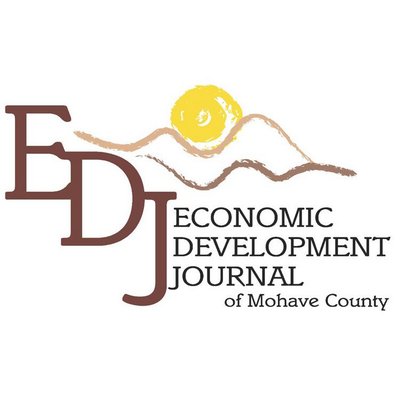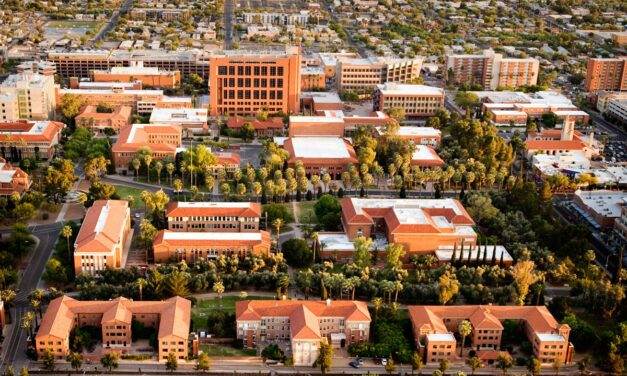ARIZONA — A demographic shift of substantial magnitude is unfolding in Arizona, marked by a steady decline in birth rates, a trend that has wide-ranging implications for the state’s future. This decline, more pronounced in Arizona than in many other U.S. states, encompasses shifts in healthcare, economic landscapes, societal dynamics, and cultural practices. It presents a complex challenge requiring thoughtful, multidimensional policy responses.
From 1970 to 2007, births in Arizona rose from 37,591 to 102,687. However, post-2007, this trend reversed sharply, with births falling to 80,393 by 2018, a 21.7% decrease. This decline outpaced the national average, where the drop was 12.2%. A substantial portion of this decline, 59.6%, was due to a drop in births among the Hispanic population, with Non-Hispanic births also declining significantly. The driving force behind these changes was not just a reduction in the number of females of childbearing age but more importantly, a shift in birth rates.
The healthcare sector is immediately impacted by this trend. Over 6.7% of Arizona counties are now classified as maternity care deserts, lacking adequate birthing facilities or maternity care providers. This situation is particularly challenging given the increased risk of preterm births among women with chronic health conditions.
The economic implications are profound. The state’s labor force is expected to shrink, potentially reducing the tax base and impacting various public services. School districts may face declining enrollments and budget cuts. The National Center for Education Statistics projects a 4.4% decrease in U.S. public school enrollment from 2021 to 2030, partially due to lower fertility. However, in the short term, reduced fertility rates can lead to cost savings in areas like public education and healthcare. Fewer births mean reduced expenditures on Medicaid and Children’s Health Insurance Program, which are substantial components of state budgets. Nonetheless, these savings may be offset by increased costs associated with an aging population.
Beyond economics, the societal impact is significant. Community dynamics, neighborhood structures, and consumer behavior are likely to shift. An aging population may increase the demand for healthcare services and senior housing. This demographic shift could also influence political dynamics, as the interests and priorities of an older population gain prominence in policy-making and electoral politics.
Furthermore, the demographic change poses challenges in sustaining cultural and community practices. In regions where family-based traditions and community activities are integral, reduced family sizes could lead to a transformation in how these traditions are observed and preserved.
The decline in birth rates is part of a broader national and global trend influenced by various factors, including economic conditions, shifts in societal values, and advancements in reproductive health. However, the impact in Arizona is more pronounced than in many other states, necessitating a tailored response that addresses the unique challenges faced by its residents.
The falling birth rate in Arizona is a multifaceted issue with implications that ripple through healthcare, economy, society, and culture. It presents a complex challenge for policymakers, healthcare providers, educators, and community leaders. The decisions made today will shape the future of Arizona, determining how well the state adapts to and manages the evolving needs of its changing population. As this demographic shift unfolds, it will be crucial to monitor its impacts closely and develop strategic, forward-thinking responses that ensure the well-being and prosperity of all Arizonans.
— Jeremy Webb.
AZYP awarded significant grant aimed to assist homeless youth
The Arizona Youth Partnership (AZYP) has secured a significant financial boost in its mission to support homeless youth in Mohave County. The non-profit organization has been awarded a $307,000 grant from The Arizona Housing Coalition, part of the American Rescue Plan Act (ARPA) allocation by the Arizona Department of Housing.
Read More


























